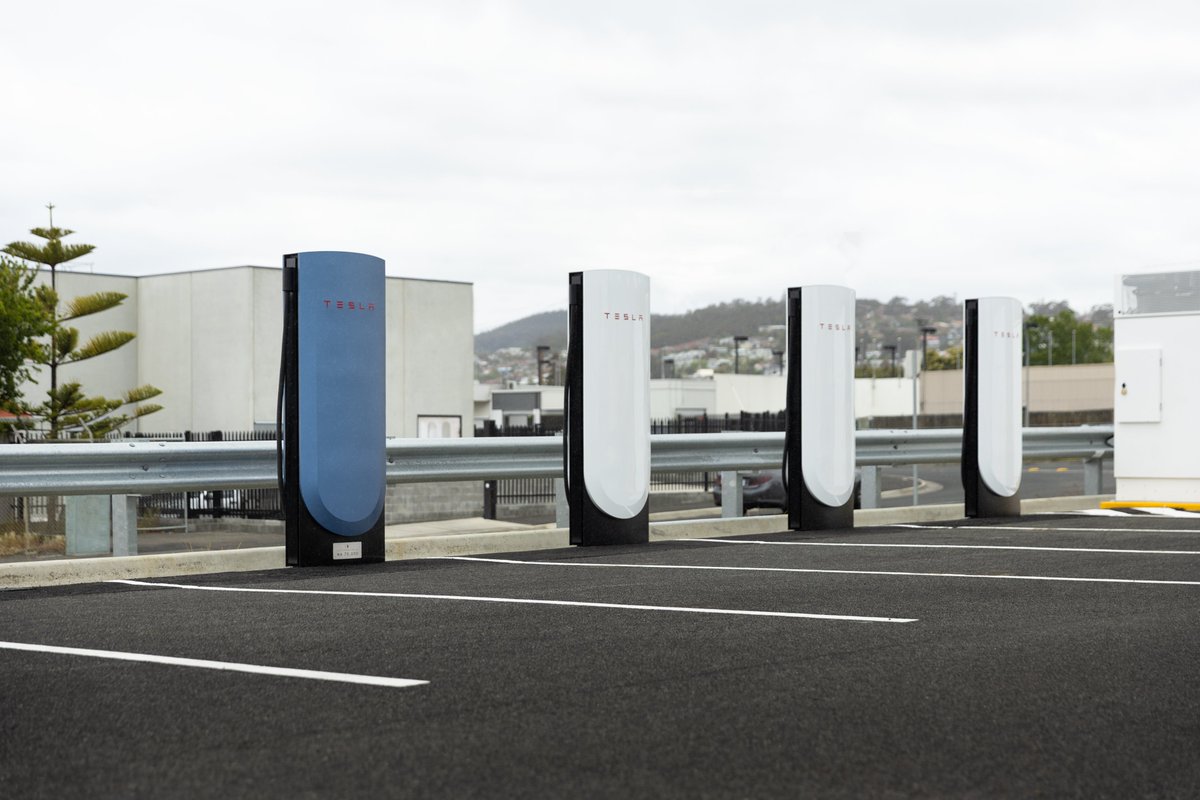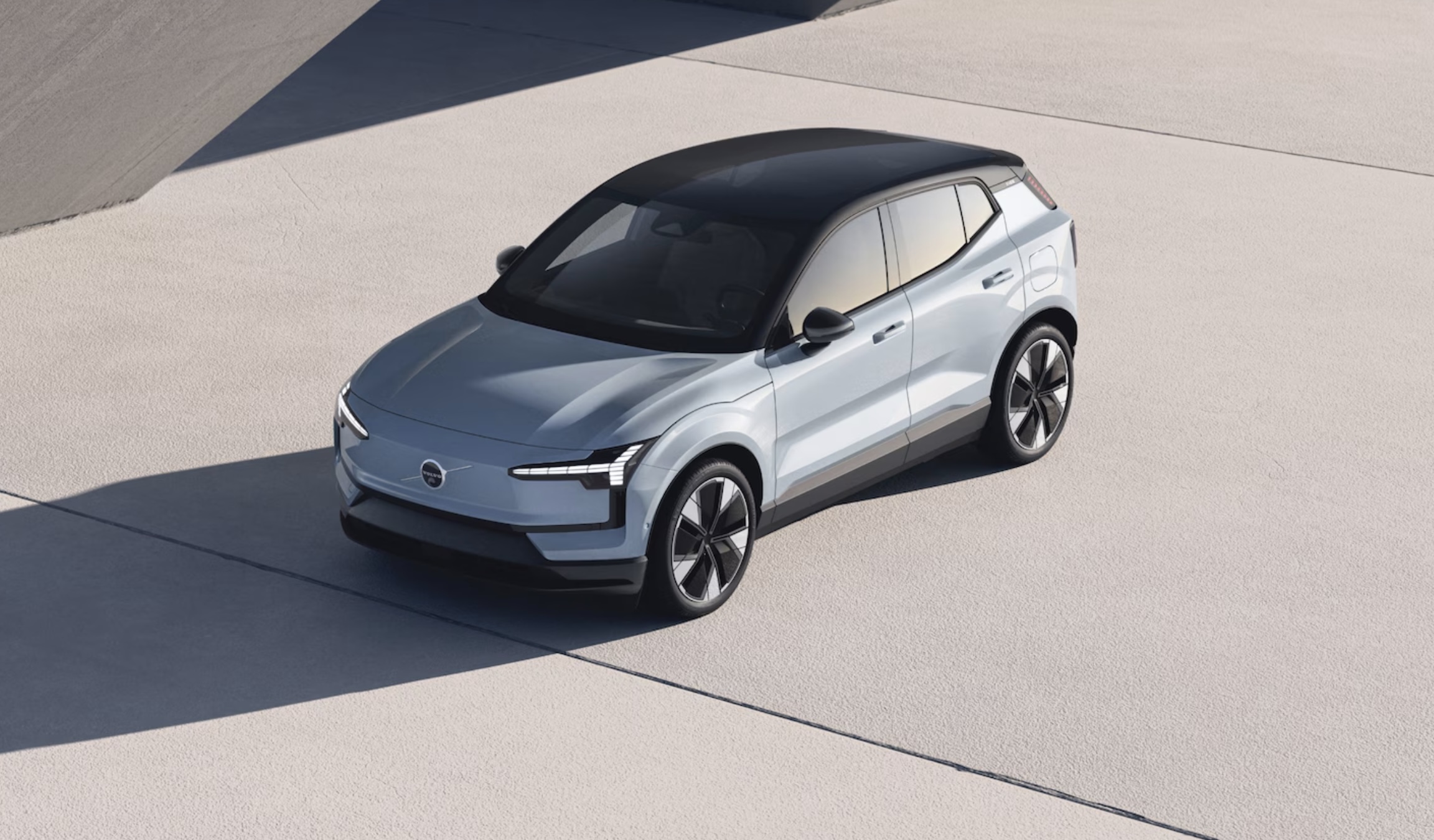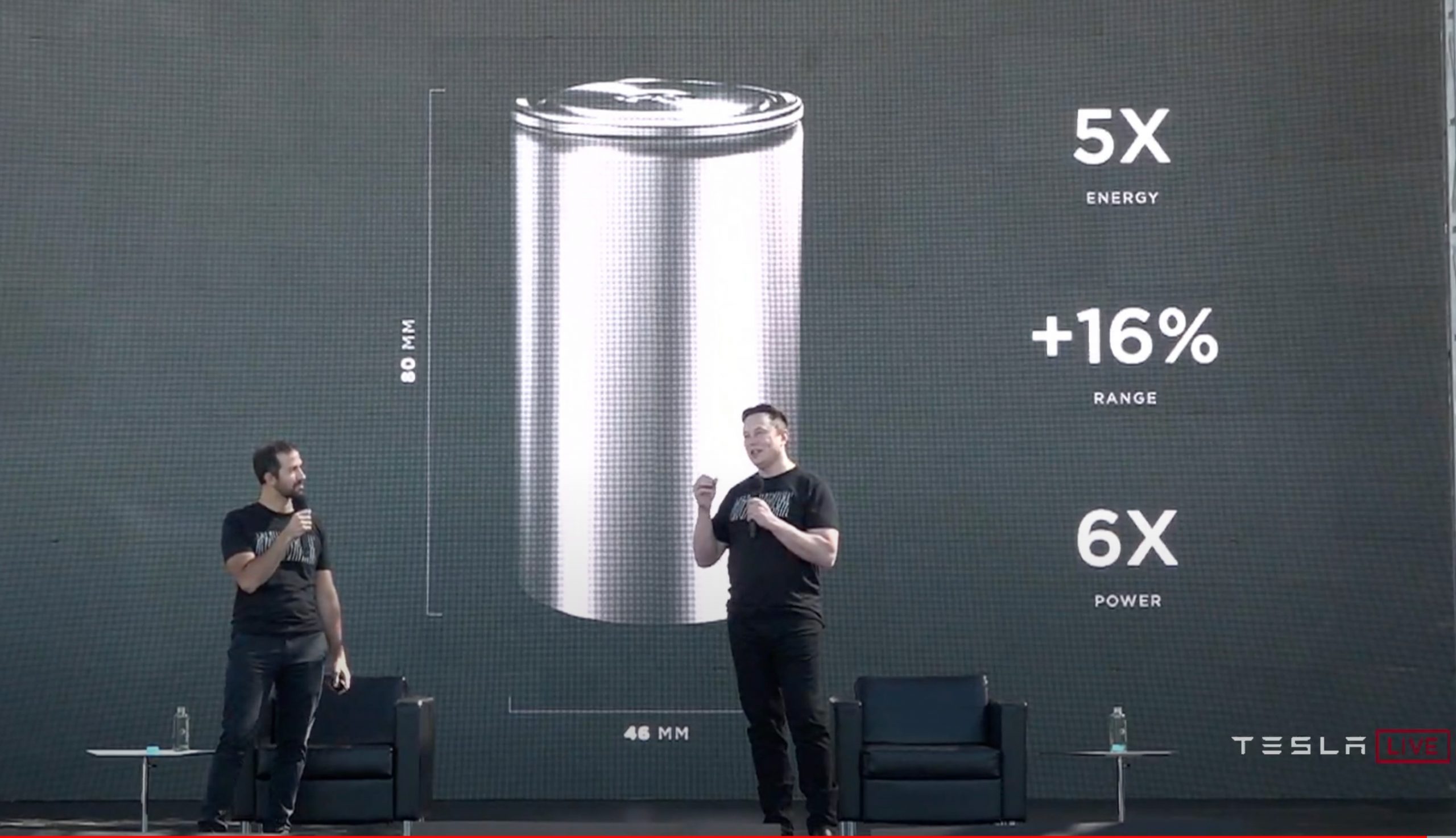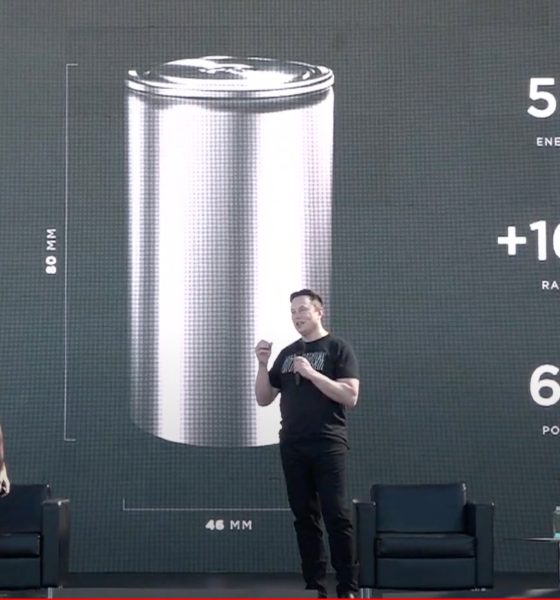Tesla quietly revealed in its Q1 report that nearly half the vehicles it produced in the first quarter of 2022 were equipped with cobalt-free lithium iron phosphate (LFP) batteries. The news, however, was overshadowed in the news cycle, particularly by Tesla’s $19 billion revenue and CEO Elon Musk’s acquisition of social media platform Twitter.
LFP batteries are not a new innovation, but it has not been used as much in areas outside China. According to data from Benchmark Mineral Intelligence (BMI), only 3% of electric vehicle batteries in the United States and Canada and 6% in the European Union are iron-based. In China, however, LFP batteries command 44% of the EV market.
Tesla currently uses LFP batteries in its base vehicles, though Elon Musk has hinted that the EV company will be using more cobalt-free cells in more products. Considering the prolific nature of Tesla and its influence on the market, it would not be surprising if other EV makers also began exploring the option of using LFP batteries for their own cars.
Amusingly enough, by playing a notable part in LFP battery adoption, it appears that Elon Musk has effectively become an “iron man” of sorts.
According to a Reuters review of the EV market, Tesla is not alone in its support for LFP batteries. Over a dozen companies are reportedly considering building LFP battery cell plants in the United States and Europe in the next three years. And things will likely only pick up from there. Mujeeb Ijaz, the founder of US battery startup Our Next Energy, noted that LFP has a future in the EV industry.
“I think lithium iron phosphate has a new life. It has a clear and long-term advantage for the electric vehicle industry,” he said.
There was a reason why LFP batteries took this long to gain ground. While LFP cells use cheaper materials, and while they could be consistently charged fully without much degradation, they tend to be larger, heavier, and generally hold less energy than nickel-cobalt-manganese (NCM) cells. Thus, electric cars that use LFP batteries tend to have shorter range.
Tesla’s decision to use LFP batteries for its base vehicles could be considered a strategic move. Since the company is electively the undisputed leader in the electric vehicle sector, the roughly 150,000 cars it produced last quarter that were equipped with LFP batteries took a number of analysts and specialists by surprise. And similar to other innovations from the company, such as its use of megacasts, it appears that other carmakers will soon be following suit.
EV startup Fisker, for one, noted that it is planning on using LFP batteries for its lower-range SUVs. CEO Henrik Fisker noted that the company is in discussions with battery suppliers from the United States, Canada, or Mexico. Fisker noted that LFP batteries are perfect for vehicles that are used by city-dwellers.
“If I never leave Los Angeles, I never leave San Francisco, I never leave London … I think that’s where LFP comes in really well,” he said.
Audi CEO Markus Duesmann, in comments that were shared last March, also spoke highly of LFP cells’ potential. “It may well be that we will see LFP in a larger portion of the fleet in the medium term. After the war, a new situation will emerge; we will adapt to that and choose battery technologies and specifications accordingly,” he said.
Even BMW, which is arguably lagging in the electric vehicle race considering the pace of rivals such as Volkswagen and Daimler, is looking towards LFP batteries. Recent comments from BMW chief procurement officer Joachim Post indicated that the German automaker was analyzing the merits of iron-based cells. “We’re looking at different technologies to minimize the use of resources and also we’re looking at optimizing chemistry,” the executive said.
*Quotes courtesy of Reuters.
Don’t hesitate to contact us with news tips. Just send a message to simon@teslarati.com to give us a heads up.

News
Tesla celebrates 75k Superchargers, less than 5 months since 70k-stall milestone
Tesla’s 75,000th stall is hosted at the South Hobart Smart Store on Cascade Road, South Hobart, Tasmania.

Tesla has crossed another major charging milestone by officially installing its 75,000th Supercharger stall worldwide. The electric vehicle maker chose South Hobart, Tasmania, as the commemorative location of its 75,000th Supercharger.
Tesla’s 75,000th Supercharger
Tesla’s 75,000th stall is hosted at the South Hobart Smart Store on Cascade Road, South Hobart, TAS 7004, as noted in a techAU report. The location features four next-generation V4 Superchargers, which are built with longer cables that should make it easy even for non-Teslas to use the rapid charger. The site also includes simplified payment options, aligning with Tesla’s push to make V4 stations more accessible to a broader set of drivers.
For Tasmanian EV owners, the installation fills an important regional gap, improving long-distance coverage around Hobart and strengthening the area’s appeal for mainland travelers traveling by electric vehicle. Similar to other commemorative Superchargers, the 70,000th stall is quite special as it is finished in Glacier Blue paint. Tesla’s 50,000th stall, which is in California, is painted a stunning red, and the 60,000th stall, which is in Japan, features unique origami-inspired graphics.
Accelerating Supercharger milestones
The Tesla Supercharger’s pace of expansion shows no signs of slowing. Tesla celebrated its 70,000th stall at a 12-stall site in Burleson, Texas late June 2025. Just eight months earlier, Tesla announced that it had celebrated the buildout of its 60,000th Supercharger, which was built in Enshu Morimachi, Shizuoka Prefecture, Japan.
Tesla’s Supercharger Network also recently received accolades in the United Kingdom, with the 2025 Zapmap survey naming the rapid charging system as the Best Large EV Charging Network for the second year in a row. Survey respondents praised the Supercharger Network for its ease of use, price, and reliability, which is best-in-class. The fact that the network has also been opened for non-Teslas is just icing on the cake.
News
Luminar-Volvo breakdown deepens as lidar maker warns of potential bankruptcy
The automaker stated that Luminar failed to meet contractual obligations.

Luminar’s largest customer, Volvo, has canceled a key five-year contract as the lidar supplier warned investors that it might be forced to file for bankruptcy. The automaker stated that Luminar failed to meet contractual obligations, escalating a dispute already unfolding as Luminar defaults on loans, undergoes layoffs, and works to sell portions of the business.
Volvo pulls back on Luminar
In a statement to TechCrunch, Volvo stated that Luminar’s failure to deliver its contractual obligations was a key driver of the cancellation of the contract. “Volvo Cars has made this decision to limit the company’s supply chain risk exposure and it is a direct result of Luminar’s failure to meet its contractual obligations to Volvo Cars,” Volvo noted in a statement.
The rift marked a notable turn for the two companies, whose relationship dates back several years. Volvo invested in Luminar early and helped push its sensors into production programs, while Luminar’s technology bolstered the credibility of Volvo’s safety-focused autonomous driving plans. Volvo’s partnership also supported Luminar’s 2020 SPAC listing, which briefly made founder Austin Russell one of the youngest self-made billionaires in the industry.
Damaged Volvo relations
The damaged Volvo partnership comes during a critical period for Luminar. The company has defaulted on several loans and warned investors that bankruptcy remains a possibility if restructuring discussions fall through. To conserve cash, Luminar has cut 25% of its workforce and is exploring strategic alternatives, including partial or full asset sales.
One potential buyer is founder Austin Russell, who resigned as CEO in May amid a board-initiated ethics inquiry. The company is also the subject of an ongoing SEC investigation.
Luminar, for its part, also noted in a filing that it had “made a claim against Volvo for significant damages” and “suspended further commitments of Iris” for the carmaker. “The Company is in discussions with Volvo concerning the dispute; however, there can be no assurance that the dispute will be resolved favorably or at all,” the lidar maker stated.
News
Elon Musk says he’s open to powering Apple’s Siri with xAI’s Grok
Siri, one of the first intelligent AI assistants in the market, has become widely outdated and outperformed by rivals over the years.

Elon Musk says he’s willing to help Apple overhaul Siri by integrating xAI’s Grok 4.1, igniting widespread excitement and speculations about a potential collaboration between the two tech giants.
Siri, one of the first intelligent AI assistants in the market, has become widely outdated and outperformed by rivals over the years.
Musk open to an Apple collaboration
Musk’s willingness to team up with Apple surfaced after an X user suggested replacing Siri with Grok 4.1 to modernize the AI assistant. The original post criticized Siri’s limitations and urged Apple to adopt a more advanced AI system. “It’s time for Apple to team up with xAI and actually fix Siri. Replace that outdated, painfully dumb assistant with Grok 4.1. Siri deserves to be Superintelligent,” the X user wrote.
Musk quoted the post, responding with, “I’m down.” Musk’s comment quickly attracted a lot of attention among X’s users, many of whom noted that a Grok update to Siri would be appreciated because Apple’s AI assistant has legitimately become terrible in recent years. Others also noted that Grok, together with Apple’s potential integration of Starlink connectivity, would make iPhones even more compelling.
Grok promises major Siri upgrades
The enthusiasm stems largely from Grok 4.1’s technical strengths, which include stronger reasoning and improved creative output. xAI also designed the model to reduce hallucinations, as noted in a Reality Tea report. Supporters believe these improvements could address Apple’s reported challenges developing its own advanced AI systems, giving Siri the upgrade many users have waited years for.
Reactions ranged from humorous to hopeful, with some users joking that Siri would finally “wake up with a personality” if paired with Grok. Siri, after all, was a trailblazer in voice assistants, but it is currently dominated by rivals in terms of features and capabilities. Grok could change that, provided that Apple is willing to collaborate with Elon Musk’s xAI.










